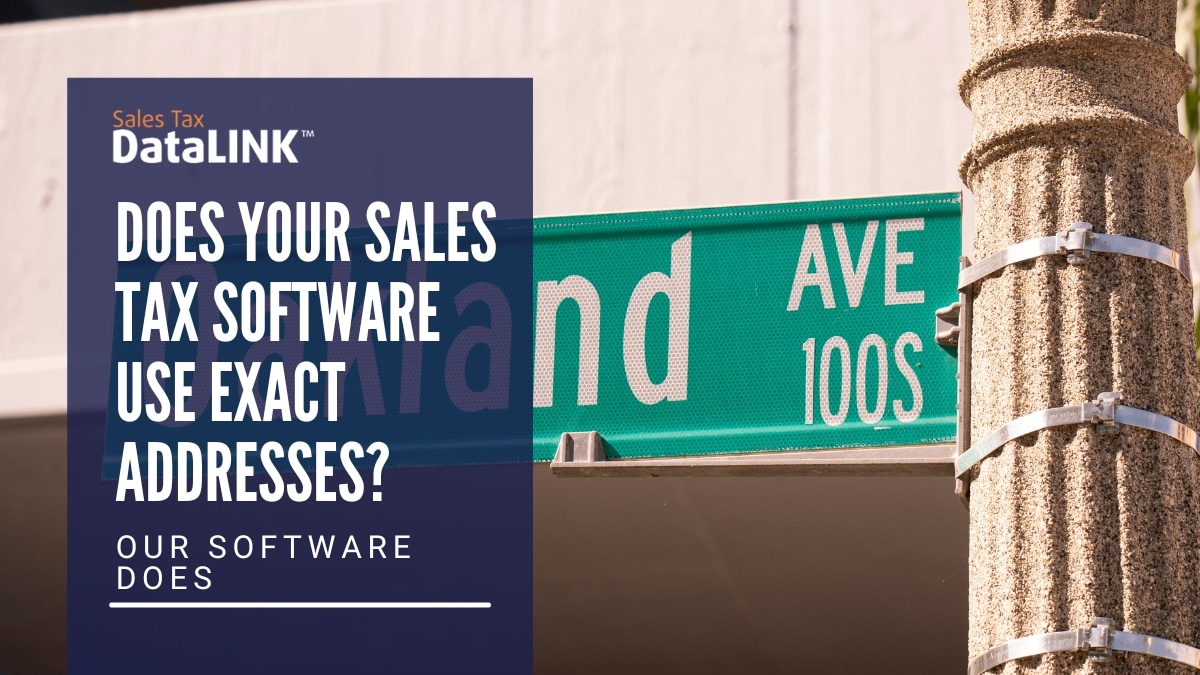Let’s say you sell a product to a customer at 123 Main Street in an imaginary town called Beautown. Sales tax in Beautown is 6.25%. Your sales tax engine uses the street address and zip code—but not the town name— to calculate sales tax. It calculates a sales tax on the invoice to 7.25% and the software concludes that this is the right calculation and moves on. But it’s not. Why did this happen? It’s a pretty common error we see with sales tax data when we use our sales tax software to check invoices. Sometimes there is more than one town in a zip code.
We’ve said before on that calculating sales tax using zip codes is a big error—one that can ruin your business. Even recently got caught in the zip code trap with their own sales tax calculations. When you have more than one town in a zip code, it can confuse sales tax engines. In our example above, there is a second imaginary town, Abbyville, that also has 123 Main Street—it’s not far fetched example. Main Street is a common street name in the United States and having two tax jurisdictions in one zip code is a common occurrence.
The sales tax engine has two options, Abbyville or Beautown, but because it doesn’t look at the town name as part of its sales tax calculation, it usually just picks whichever one was in the database first. In this case, Abbyville was first so the sales tax engine selected the rate of 7.25%, which would be correct if the customer was in Abbyville. Since it’s Beautown, the sales tax engine is wrong and your business is liable for the difference of 1%. While it might not seem like 1% on the occasional transaction is a big deal, when you do thousands of transactions that can add up.
Is your sales tax being calculated correctly? We can run your sales tax data through our software and show you where your sales tax engine fails—it’s a safeguard you should seriously consider. Sign up for a free evaluation to see what a difference our sales tax software can make.




